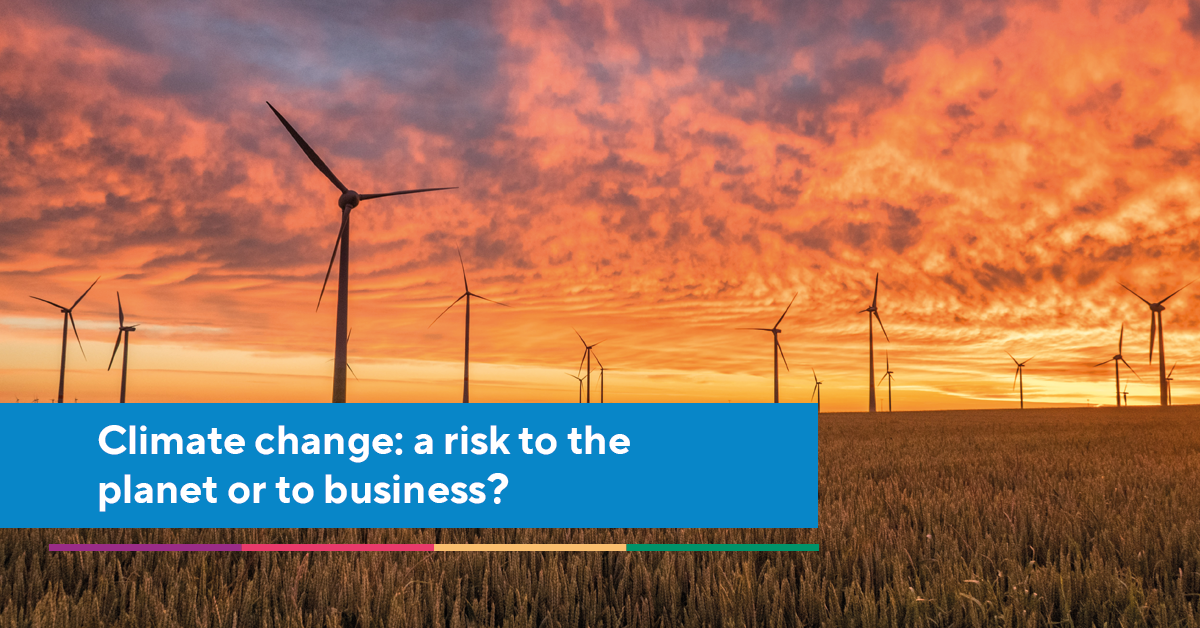Already in-the-know about palm oil and are looking for your solution? Click here
The need for rainforests
Rainforests have been described as the world’s cradles of biodiversity, supporting over half of the world’s biodiversity on 5% of its land. Thanks to their impressive carbon capture capabilities, rainforests also stabilise the world’s climate. Without rainforests, we would experience many more droughts and water scarcity, global crop failures, poorer air quality, hotter global temperatures, and a drastic increase in inequality and poverty across the globe.
It is important to remember that much of the food, medicine, and cosmetics which are widely available in the supermarkets of the Global North have touched multiple habitats and human lives, often thousands of miles away from the consumer. These vital ingredients often come from rainforests.
When we think of rainforests, we often think of the Amazon, the world’s largest rainforest. Animal agriculture (the production of meat, dairy, or leather) currently makes up 80% of Amazon destruction to date, with soy plantations and logging activities accounting for the rest. However, if we focus our attention on the rainforests of Indonesia, a major threat to both biodiversity and local human health is the global mass demand for palm oil.
The burning problem with palm oil
Palm oil is the world’s most traded, consumed, and produced vegetable oil; it is found in roughly half of packaged goods in supermarkets across the globe. There is no denying it; the versatility of palm oil makes it a fantastic raw material. But sadly, it comes with significant environmental and social ramifications. It is not that the palm plant itself is a detrimental, but it is the way that land is cleared to make room for palm oil crops (usually monocrops); the most common and effective way to clear the land is by burning it.
Burning peat swamp forests - such as those in Indonesia where 85% of the world’s palm oil originates - is especially problematic if we are to succeed in reducing global emissions and slow climate change. This is because peat swamp forests store vast amounts of carbon. Burning a hectare of Indonesian rainforest for palm oil releases almost 7 times more carbon than a hectare of the Amazon rainforest. Whilst rainforests have an impressive capacity to regenerate, forest fires make this virtually impossible.
Whilst the environmental impact of burning large areas of wildlife is indisputable, the humanitarian impacts are often less known. When fires spread, local homes can often get caught in the flames. Exposure to haze and bad air quality has many health implications for local communities, with lung cancer numbers continuing to multiply at an alarming rate.
Therefore, if a brand or retailer’s products contain palm oil, that product inherits the carbon emissions, widespread biodiversity loss, and humanitarian issues arising from the palm plantations’ deforestation activities. This is an important consideration when calculating supply chain emissions (or Scope 3).
Boycotting palm oil is not the answer
Replacing palm oil with other oils isn’t necessarily the answer as it is likely to result in more of the same problems. Palm crops are also incredibly efficient compared to other vegetable oil crops and produce a much higher yield. Other crops can require up to 10 times the amount of land to fulfil the same quotas as palm, which would only threaten habitats and communities further.
Whilst it is widely observed that RSPO certifications offer the greatest assurance of best practice within the palm oil industry, there are still qualms as to whether the production of palm oil currently lives up to its ‘sustainably sourced’ claims. The power to improve palm oil production lies in the hands of the industries who depend on it most. With palm oil and its derivatives being ubiquitous in millions of products worldwide, it is imperative that brands mitigate its impact.
There must be a focus on regeneration, a cease to burning native land and replacing it with monocrops. Nature-based solutions such as native wildlife corridors need to be more widely established as common practice by brands, whilst also investing in (or at least keeping a close eye on) synthetic palm oil innovations. The demand for palm oil is not going away yet, but it is imperative that the global palm oil supply chain works with nature, not against it.
A data driven approach
But in the pursuit of more regenerative and deforestation-free palm, another complication persists; many brands do not know where their palm oil comes from and therefore cannot accurately determine the environmental damage caused.
Brands need to first establish the maturity of their palm oil suppliers, including how capable they are to provide precise information, as well as their potential to adopt new processes and procedures further down the supply chain. First and foremost, this enables brands and retailers to more effectively engage with the correct supplier contacts throughout the initiative by using targeted communication appropriate to their level of knowledge. Readying suppliers also paves the way to collecting much more accurate data about the origin and agricultural techniques used to grow palm. This data can be used to inform decisions to set realistic, achievable (yet science-approved) targets and promote knowledge exchange and best practice with suppliers.
The demand for accountability and supply chain transparency around palm oil is not going to disappear. If brands and retailers can share a positive and definitive vision and effectively align their palm oil suppliers with that vision, tangible progress can be made towards goals.
Learn more about how the Supply Pilot process can be applied to enhance your supplier collaboration capabilities to source from more responsible and sustainable plantations of palm oil and its derivatives here.




